Best wide-angle lens in 2025: ultra-wide zooms that get everything in the picture
Get a new perspective in your photography with the best wide-angle lens for your DSLR or mirrorless camera

The best wide-angle lenses offer a field of view much wider than that of the human eye. This means photographers and videographers can shoot with a unique perspective, producing imagery that fits eye-poppingly expansive views fit into a single frame, opening up myriad possibilities when compared to a standard lens.
Our list here covers mostly wide-angle zooms and features some of the most stunning lenses we've ever tested, for all the major mounts and systems. The generous viewing angle of a wide lens lets you get close to a subject, allowing for a clean separation between foreground and background, creating a unique "look" that isn't achievable otherwise.
There are loads of reasons why an ultra-wide zoom is a great lens to have in your toolkit, allowing you to open a whole new world of creative shooting opportunities…

Matthew Richards is a photographer and journalist who has spent years using and reviewing all manner of photo gear. He is Digital Camera World's principal lens reviewer – and has personally tested and reviewed the majority of the wide-angle lenses on this list!
The quick list
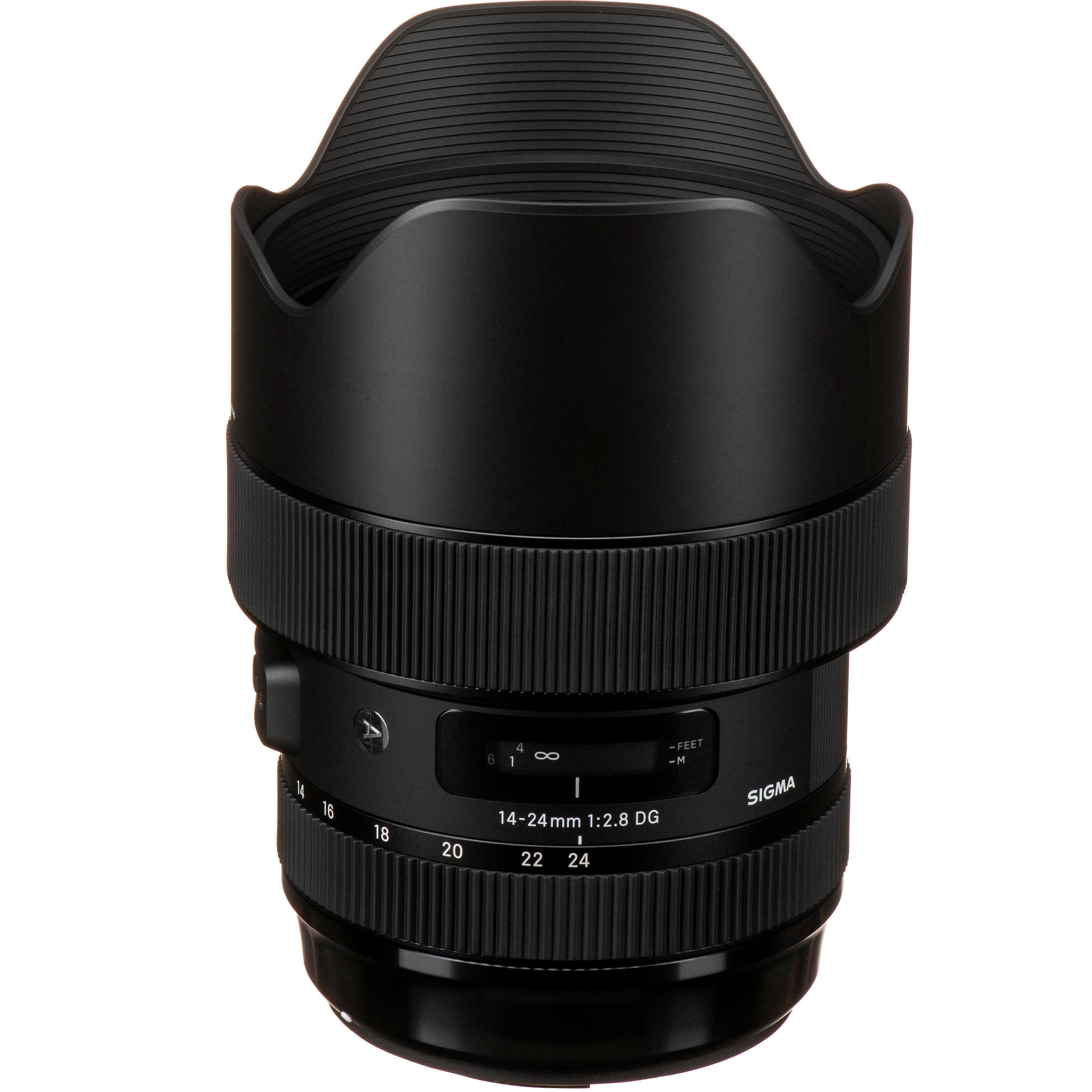
Best for Canon/Nikon DSLRs
Significantly undercutting Canon and Nikon's own wide-angles on price, this gorgeous lens from Sigma is the best bet for full-frame DSLR users, offering dazzling corner-to-corner sharpness.
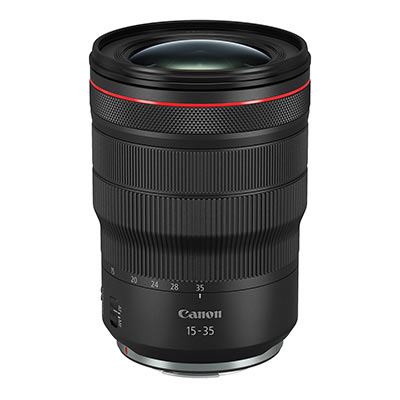
Best for Canon mirrorless
While it's undeniably expensive, this sublime trinity lens for Canon's RF mirrorless system delivers the goods when it comes to wide-angle imagery, with a wide 110-degree viewing angle and optical stabiliser.
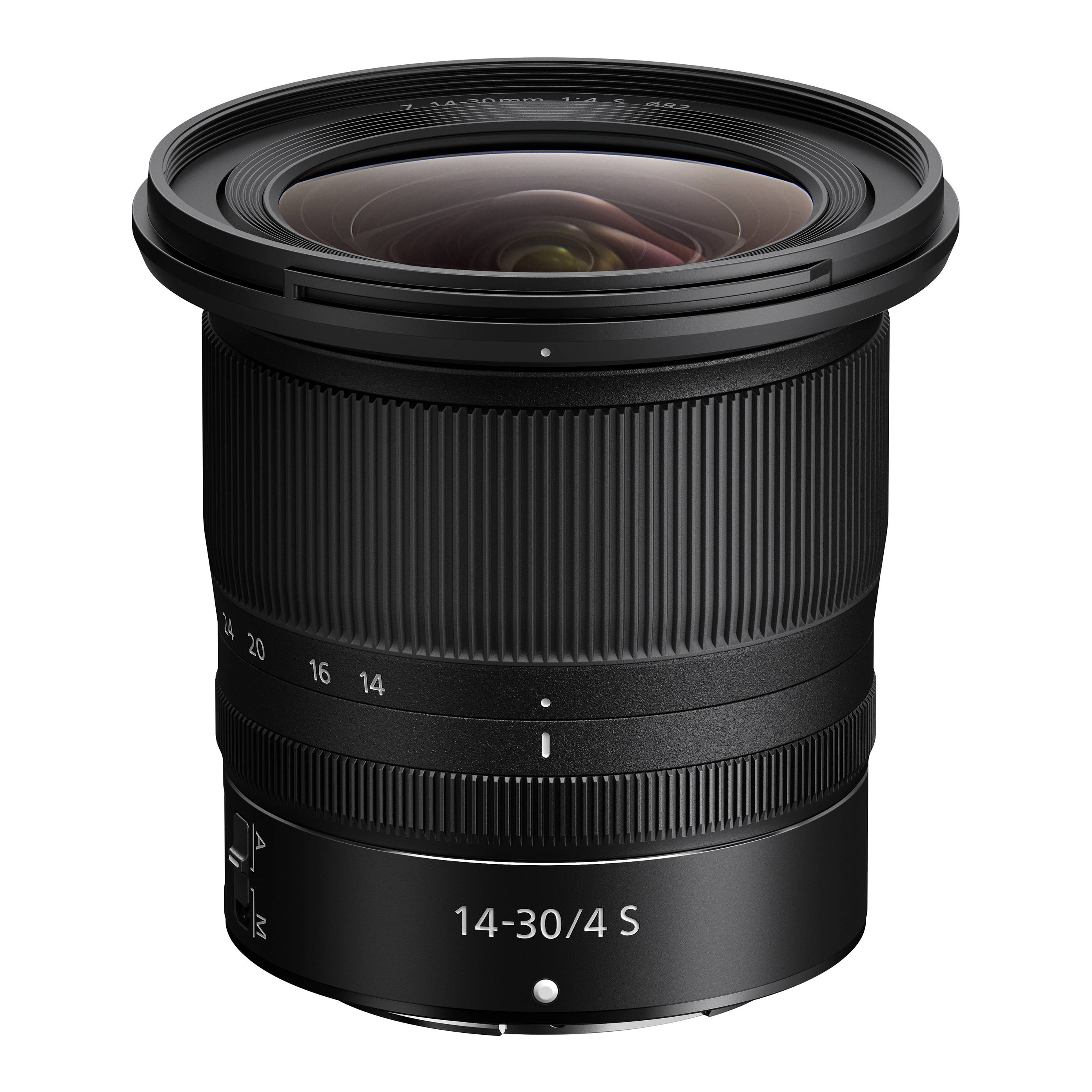
Best for Nikon mirrorless
Compact, lightweight and super-fast to focus, this agile lens for Nikon's Z-mount is impressively versatile. And thanks to that S-line assurance of quality, it also delivers the goods in sharpness terms.
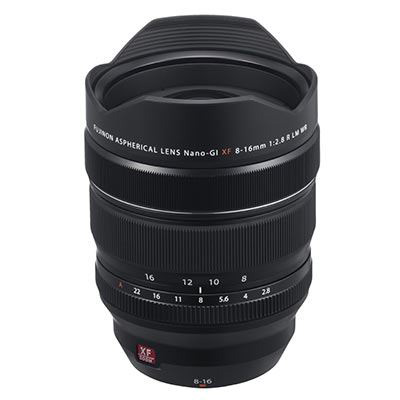
Best for Fujifilm X
This impressive feat of optical engineering gives Fujifilm X users a maximum viewing angle of 121 degrees – and somehow also finds room for a constant F2.8 aperture! It's hefty, but worth the weight.

Best for L-mount
A stunning update to a legendary DSLR lens, this Sigma lens is overwhelmingly the best wide-angle choice if you're using a full-frame L-mount camera, such as a Panasonic Lumix S model.
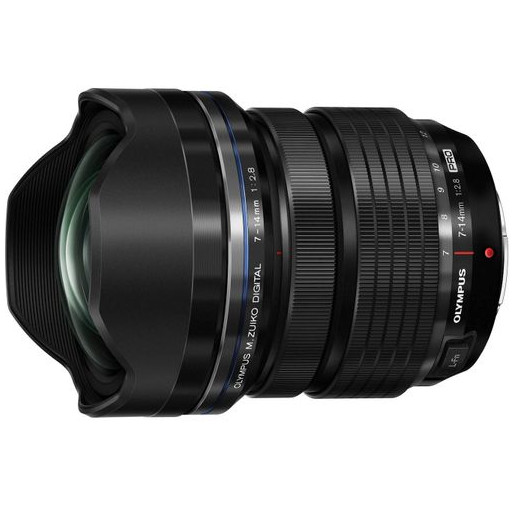
Best for Micro Four Thirds
The 2x crop factor of Micro Four Thirds can make wide-angle imagery a tall order, but this impressive lens is your best bet. Offering an equivalent focal range of 14-28mm, it also offers a constant F2.8 aperture.
See the next products
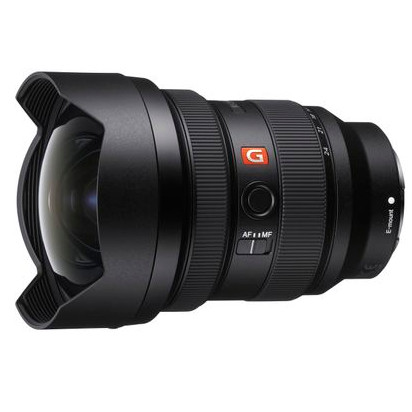
Best for Sony FE
This G Master zoom may be on the expensive side (see our full list for cheaper alternatives) but it's far and away the best wide-angle option for Sony E-mount shooters, delivering incredible image quality.
The best wide-angle lenses
Why you can trust Digital Camera World
1: Best wide-angle zooms for Canon
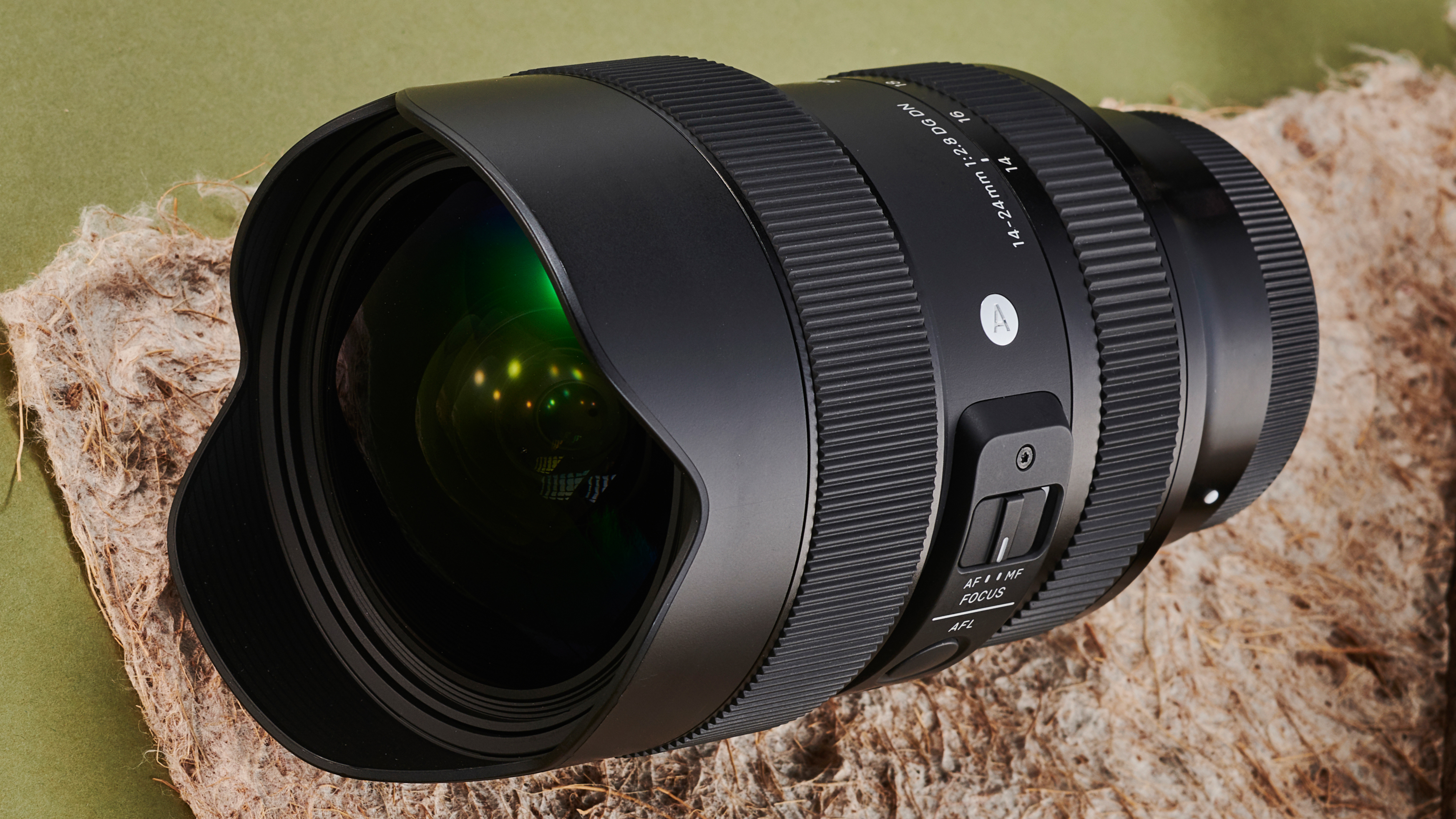
Specifications
Reasons to buy
Reasons to avoid
For the ultimate in wide viewing angles on Canon full-frame cameras, there’s no beating the own-brand Canon EF 11-24mm f/4L USM, which delivers an astonishing 126 degrees on the diagonal. However, it goes similarly large on selling price, putting it beyond the reach of most of us. This Sigma Art lens is well under half the price and, while it has a more modest 114-degree maximum viewing angle, it’s a really fabulous lens as well as being a full f/stop faster than the Canon.
Build quality is excellent with a high-quality feel throughout, a full set of weather-seals and a fluorine coating on the front element. The ring-type ultrasonic autofocus system is fast and whisper-quiet and top-notch glass includes a large, ultra-high-precision moulded glass element at the front, along with three FLD (‘Fluorite’ Low Dispersion) and three SLD (Special Low Dispersion) elements.
Sharpness in amazing right into the corners of the frame and, remarkably for such a wide-angle lens, there’s virtually zero distortion even without using in-camera corrections. If you want to go even wider without spending silly money, look no further than Sigma’s companion 12-24mm f/4 DG HSM Art lens.
Sigma 14-24mm f/2.8 DG HSM | A full review
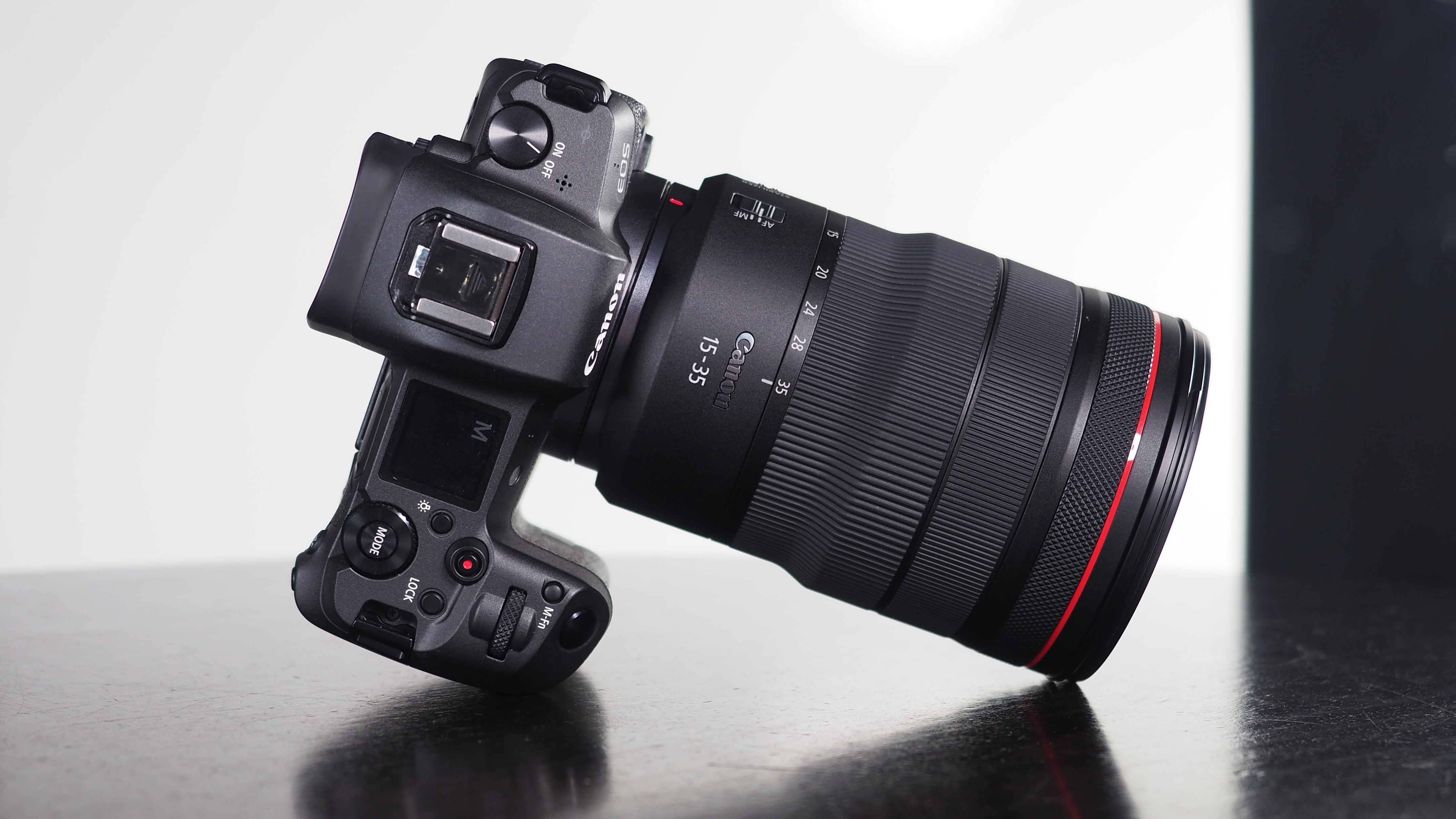
Specifications
Reasons to buy
Reasons to avoid
Designed for EOS R-series full-frame mirrorless cameras, this is the wide-angle member of the f/2.8 ‘trinity’ zooms. As you’d expect from such an ultra-wide lens with a fast f/2.8 aperture rating, it’s quite big and weighty but is nevertheless smaller and lighter than, for example, the Sigma 14-24mm f/2.8 Art lens for Canon SLRs. Unlike the Sigma, the RF lens has a separate hood that enables the easy attachment of filters or filter holders via an 82mm thread. It almost matches the Sigma for maximum viewing angle, at 110 degrees, while adding a 5-stop image stabilizer that’s great for handheld shooting indoors or at twilight. Other highlights include a rapid and virtually silent Nano Ultrasonic autofocus system and stellar image quality. It’s a superb lens but, then again, it really should be at the price.
Canon RF 15-35mm f/2.8L IS USM full review
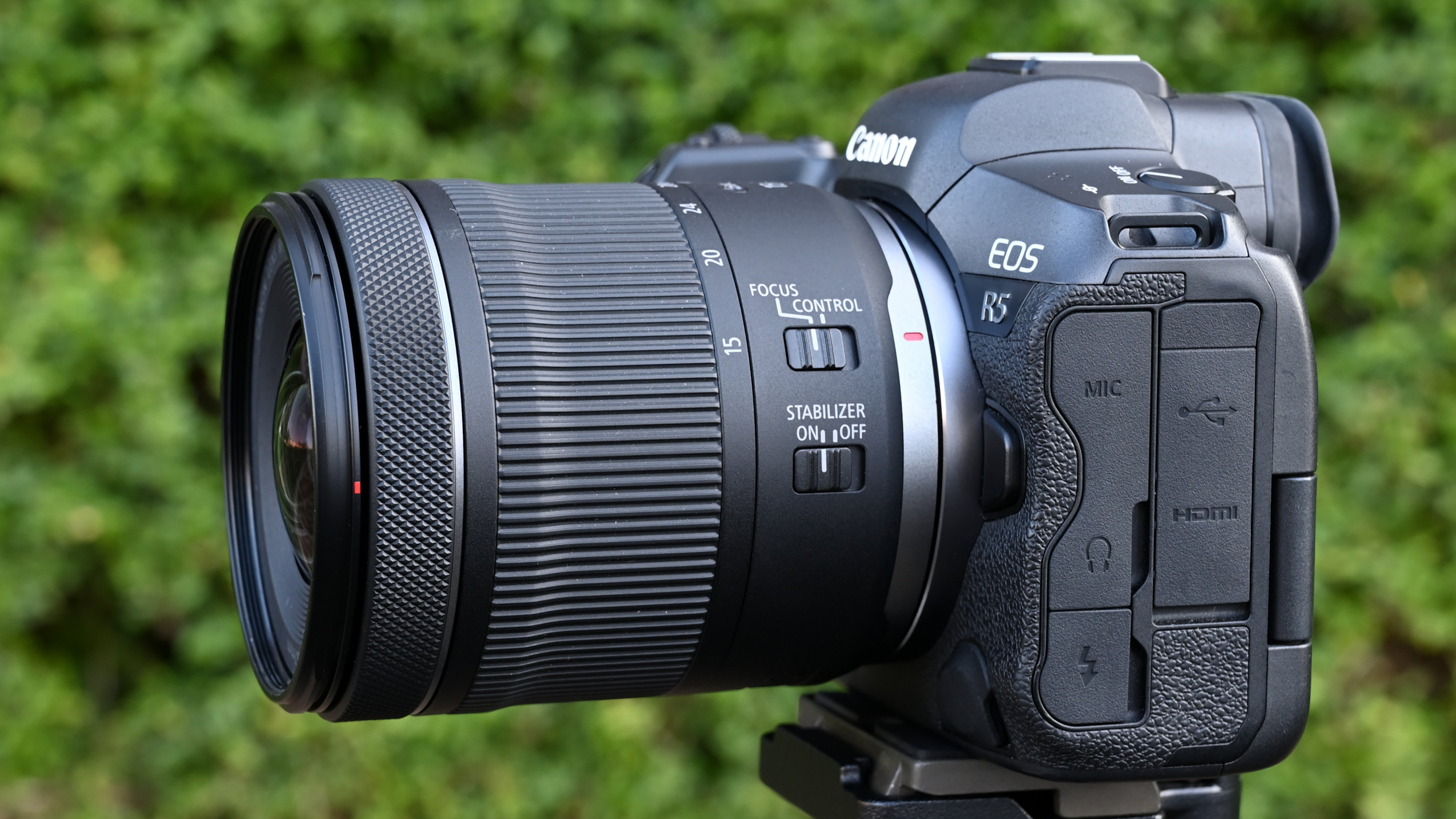
Specifications
Reasons to buy
Reasons to avoid
Conveniently compact and lightweight for a full-frame compatible ultra-wide-angle zoom, this lens is also much more affordable than Canon’s previously launched 14-35mm and 15-35mm L-series RF-mount options.
Designed with full-frame R-system cameras in mind, it’s also a good fit for APS-C format bodies including the EOS R7, R10 and R50, on which it has a still useful ‘effective’ zoom range of 24-48mm.
At just over 3.5 inches in length, the lens nevertheless packs a 5.5-stop optical image stabilizer and some up-market glass. Good build quality, handling and performance make it well worth the money, although it lacks weather-seals and the hood is sold separately.
Canon RF 15-30mm F4.5-6.3 IS STM full review
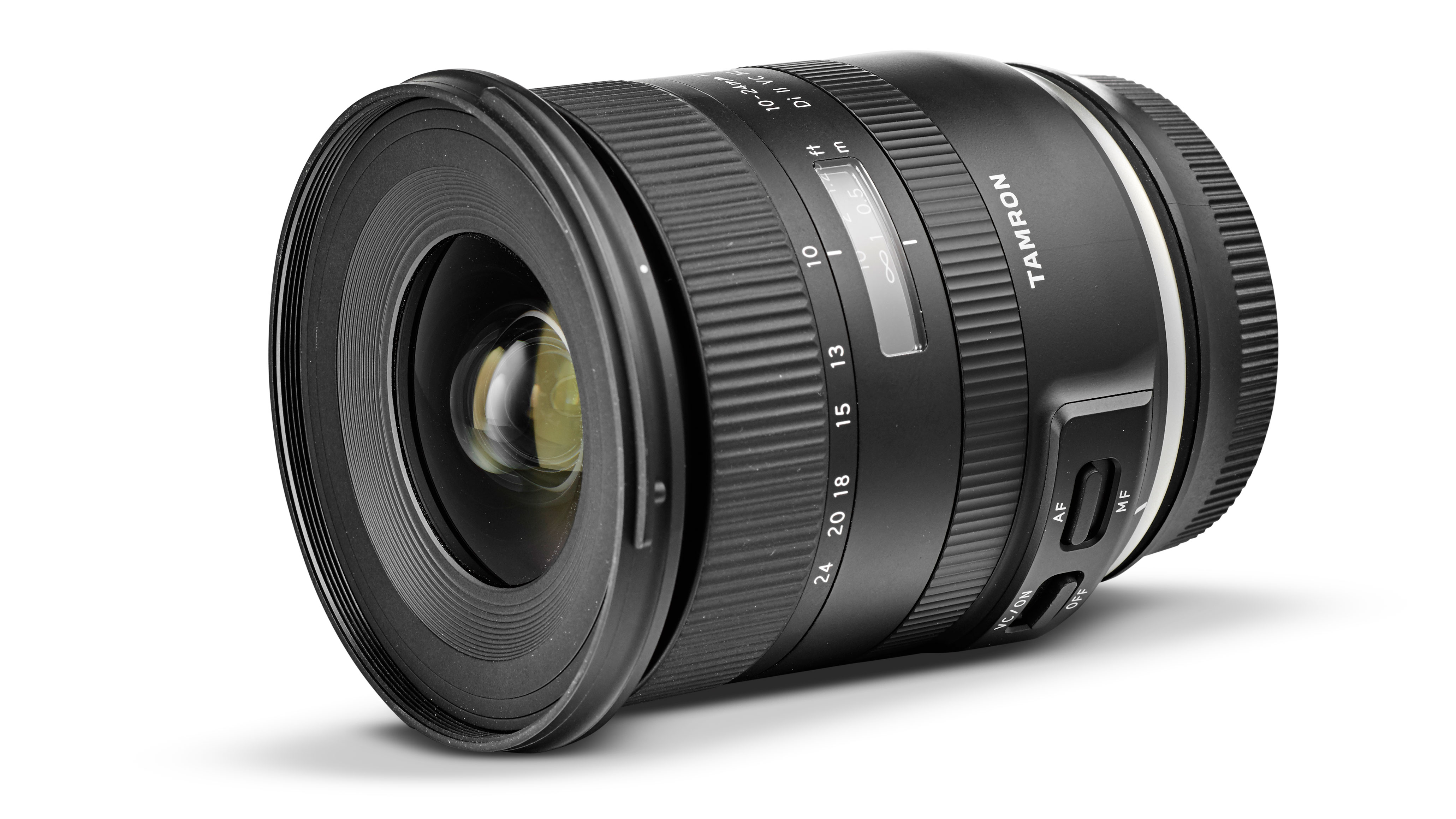
Specifications
Reasons to buy
Reasons to avoid
The Tamron 10-24mm was one of our favourite wide-angle zoom lenses for APS-C DSLRs, but it, along with many other DSLR lenses, has now been discontinued as Tamron focusses increasingly on lenses for mirrorless cameras. Even so, if you can still track down a new one, or a good used example, it's a lens well worth having in your kit bag.
It matches both of Canon’s ultra-wide EF-S 10-18mm and 10-22mm zooms for maximum viewing angle, at 107.5 degrees, while beating them for long-end reach. Naturally, the longer 24mm gives a lot of overlap with, say, an 18-55mm standard zoom. That might seem a bit superfluous but it can actually be very helpful, reducing the number of times you need to swap between different lenses while shooting. The Tamron has better build quality than both Canon lenses, while adding weather-seals and a fluorine coating on the front element, and it comes complete with a hood.
You also get fast and near- silent HLD (High/Low toque-modulated Drive) autofocus and 4-stop VC (Vibration Compensation). It also beats both Canon lenses for image quality, especially in terms of corner-to-corner sharpness.
Tamron 10-24mm f/3.5-4.5 Di II VC HLD full review
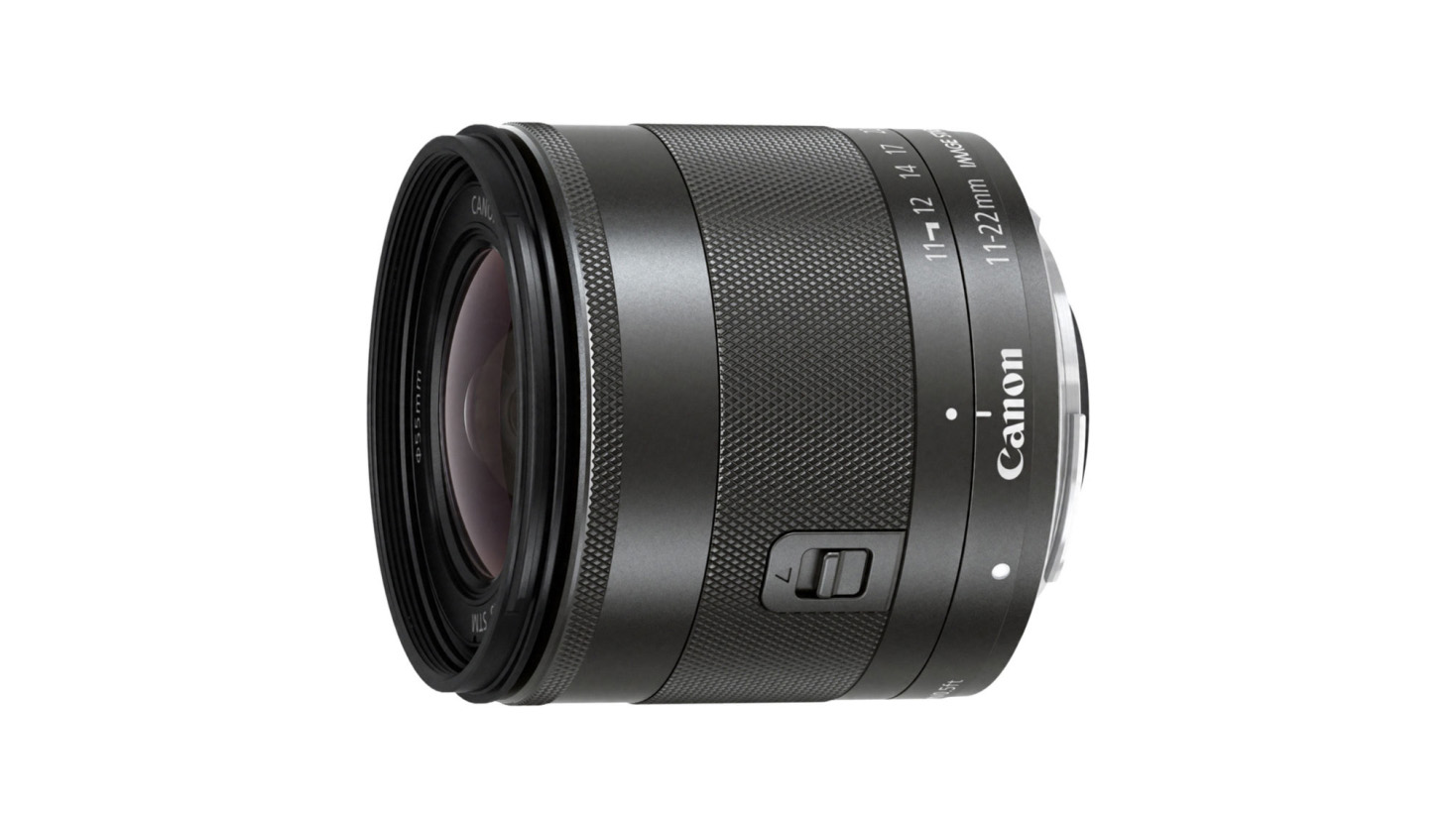
Canon EF-M 11-22mm f/4-5.6 IS STM
Specifications
Reasons to buy
Reasons to avoid
With its compact and retractable design, this is an uncommonly small wide-angle zoom that’s entirely in keeping with the EOS M mirrorless design philosophy. Indeed, it’s only half the weight of the Tamron 10-24mm lens for APS-C format DSLRs. With a minimum focal length of 11mm, the maximum viewing angle isn’t quite as extreme but it’s very wide nonetheless. The STM autofocus system is virtually silent in operation, ideal for video capture, where it also delivers smooth focus transitions and sharpness is further enhanced by dynamic movie stabilization. Image quality is impressive and the extra-short minimum focus distance of 0.15m is brilliant for capturing extreme wide-angle close-ups and really exaggerating perspective. As with most lenses that feature stepping motor autofocus systems, though, there’s no focus distance scale.
Best wide-angle lenses for Nikon
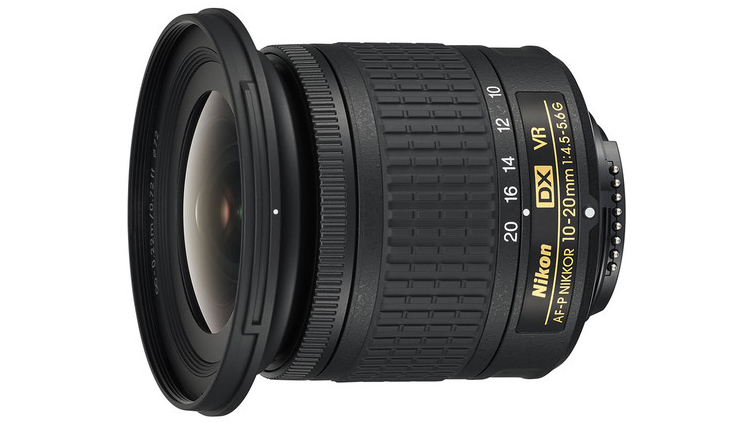
Specifications
Reasons to buy
Reasons to avoid
There’s a lot to be said for the Nikon AF-P DX 10-20mm f/4.5-5.6G VR as a ‘landscape’ lens. When you’re clambering over tricky terrain in pursuit of landscape photo opportunities, the last thing you need is a bag of heavyweight camera kit. This remarkably compact ultra-wide zooms weighs just 230g, but it still packs in some useful features like 3.5-stop VR and stepping motor-based autofocus which gives quick performance for stills and smooth, near-silent transitions while shooting movies. Image sharpness is also good, though fringing and distortion are pronounced if you don't enable in-camera corrections. Even so, this is still a great value ultrawide zoom at the price.
Read our full Nikon AF-P DX 10-20mm f/4.5-5.6G VR review
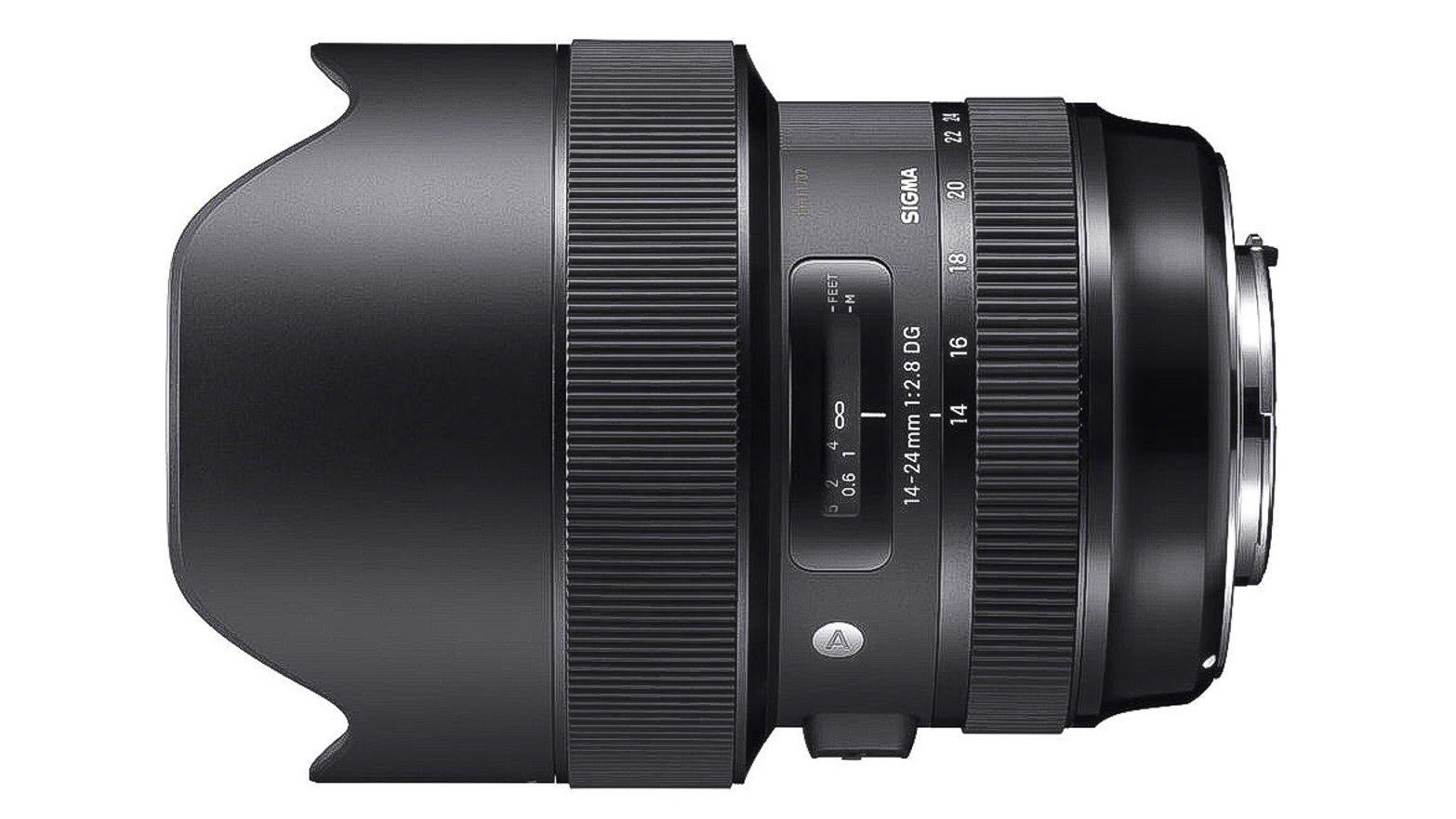
Specifications
Reasons to buy
Reasons to avoid
There’s certainly nothing wrong with Nikon’s own 14-24mm f/2.8 zoom (below), but this Sigma is every bit as good and generally only costs about two-thirds of the price to buy. It has top-notch build quality, complete with comprehensive weather-seals and a fluorine coating on the front element to repel moisture and grease. High-tech glass includes three aspherical elements, three FLD (‘Fluorite’ Low Dispersion) elements and three SLD (Special Low Dispersion) elements.
Autofocus is rapid and whisper-quiet in operation, and image quality is fabulous. Sharpness remains excellent even in the extreme corners of the frame and, unlike the Nikon lens, the Sigma is virtually distortion-free, even at its shortest zoom setting. If you want something even wider and don’t mind a slower aperture rating, Sigma’s sibling 12-24mm f/4 DG HSM Art zoom is the one to go for.
Sigma 14-24mm f/2.8 DG HSM | A full review
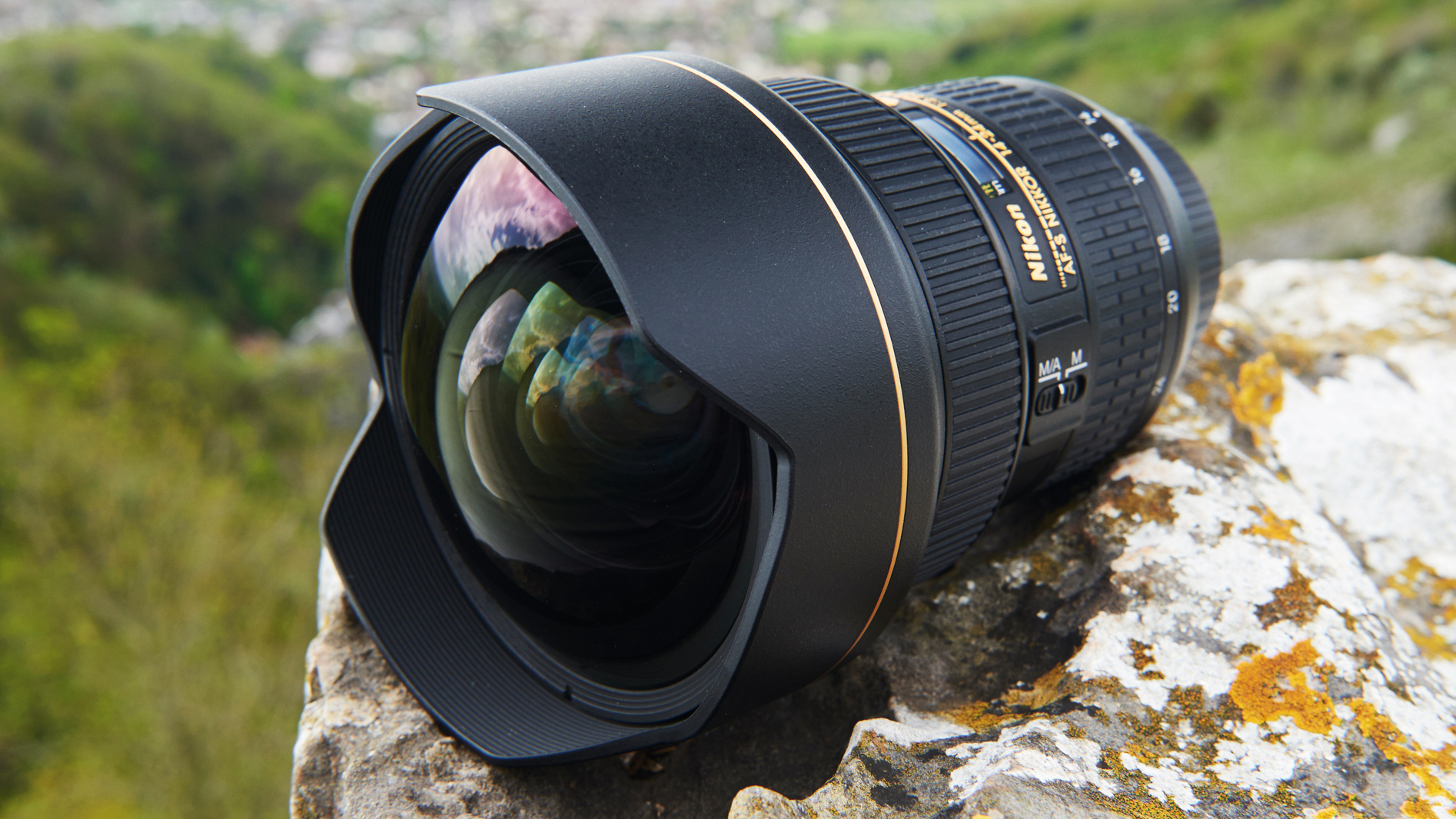
Specifications
Reasons to buy
Reasons to avoid
While the Sigma 14-24mm f/2.8 DG HSM | A is our preferred choice for Nikon FX DSLRs, if you simply must have an own-brand Nikon wide-angle lens, this is the one to get. It's much pricier than the Sigma and the Tamron SP 15-30mm f/2.8 Di VC USD G2 - the latter boasting the bonus of optical image stabilization - but the Nikon is solidly built and delivers good all-round performance.
Read our full Nikon AF-S 14-24mm f/2.8 ED review
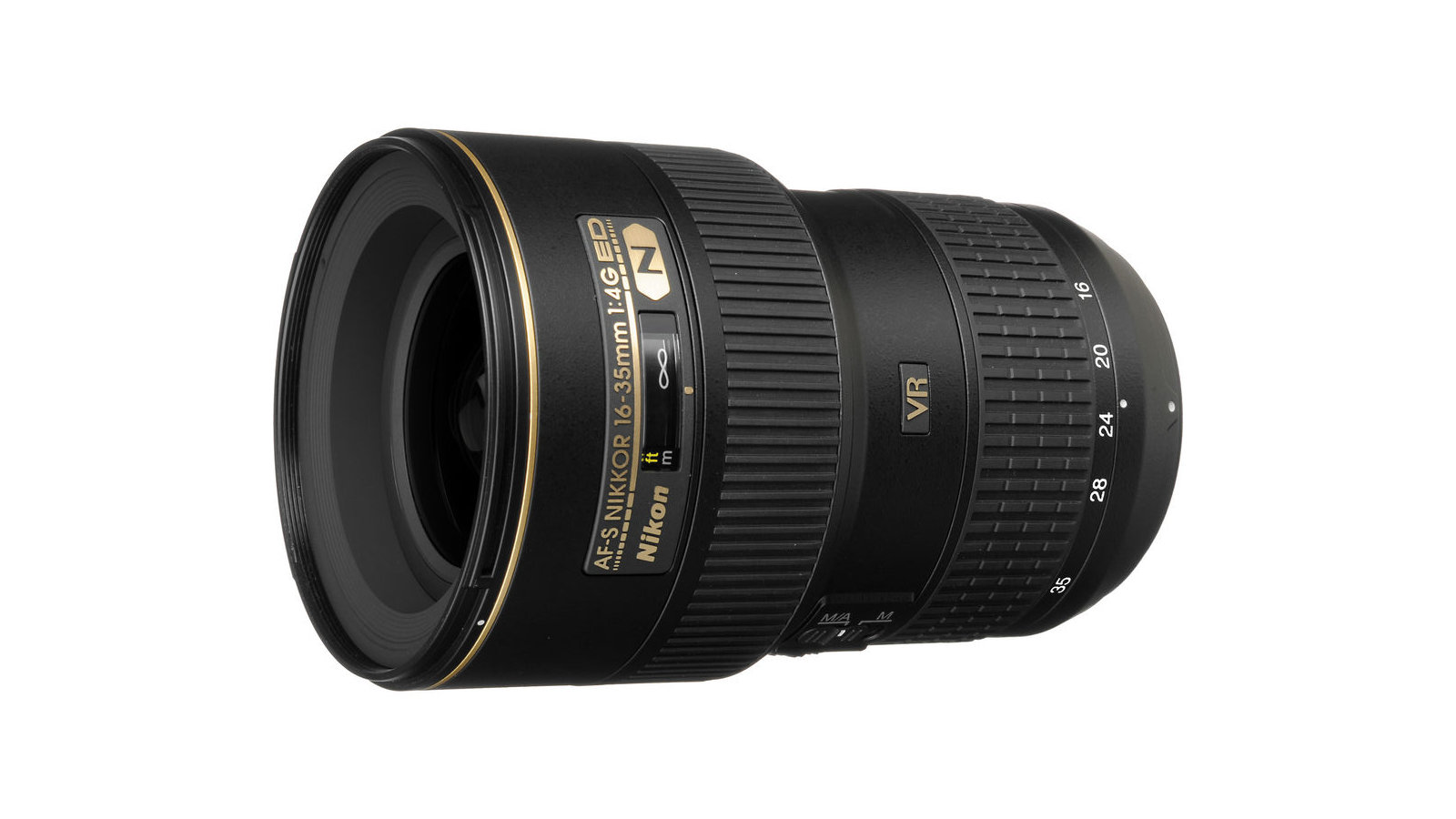
Specifications
Reasons to buy
Reasons to avoid
The mighty Nikon AF-S 14-24mm f/2.8G ED (above) might seem the most obvious contender for an ultra-wide zoom for Nikon’s FX-format DSLRs, but the 16-35mm f/4 is well worth shortlisting. Sure, it has a less generous maximum viewing angle and aperture rating, but it's less expensive to buy, and has the advantages of featuring a filter attachment thread and optical stabilization. For landscape photographers, it’s a sensible option.
Read our full Nikon AF-S 16-35mm f/4G ED VR review
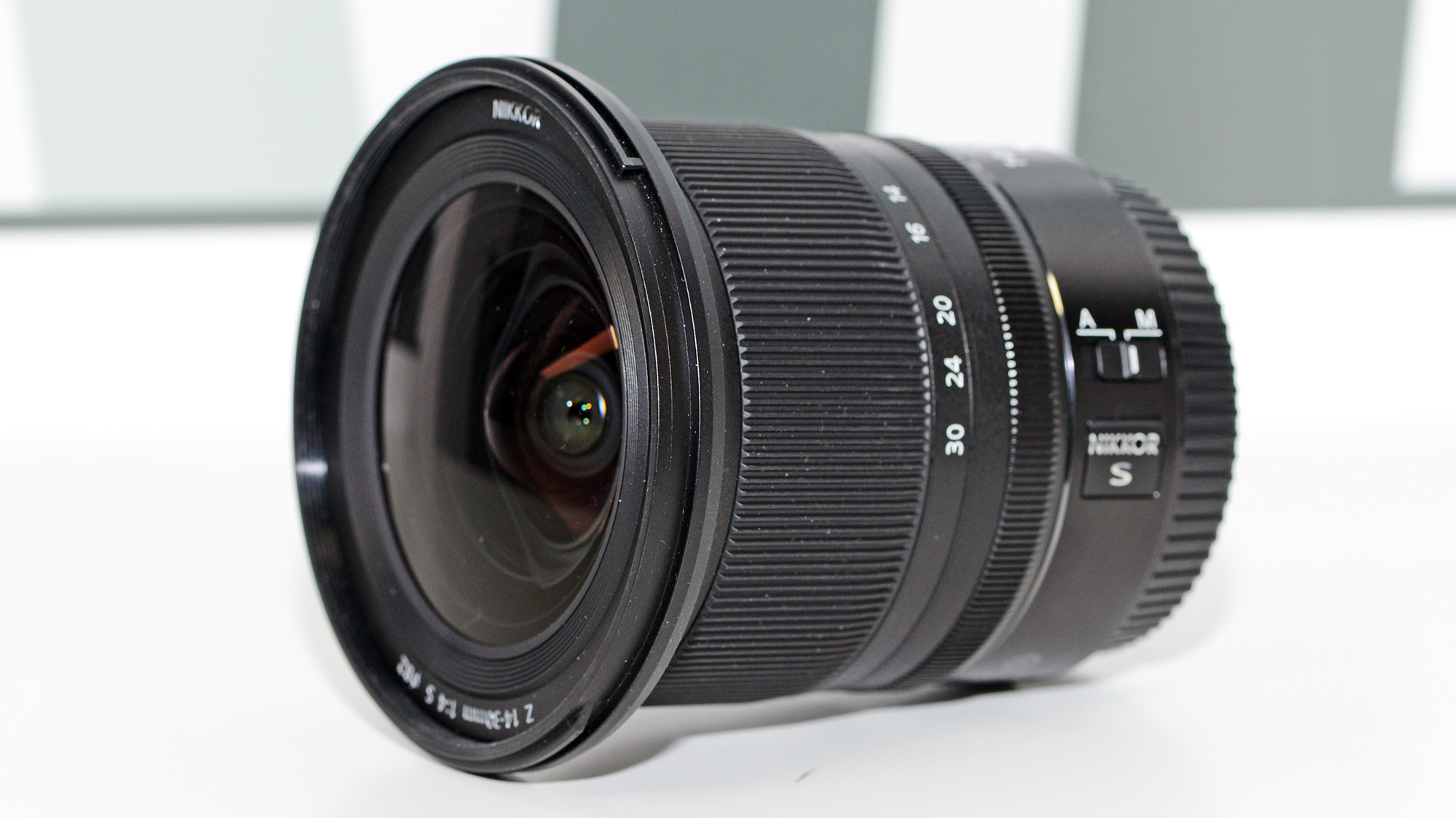
Specifications
Reasons to buy
Reasons to avoid
Like most of Nikon’s Z-mount prime and zoom lenses, the 14-30mm has a fairly modest aperture rating. This enables a relatively compact and lightweight build, perfect matching the design ethic Nikon's Z-mount full-frame mirrorless cameras. It’s certainly no lightweight in terms of features and performance, however, packing four aspherical elements, four ED (Extra-low Dispersion) elements, and a super-fast yet virtually silent autofocus system. Build quality is excellent with the inclusion of wide-ranging weather-seals, Nano Crystal Coat and a fluorine coating on the front element.
As with all other Nikon Z-mount S-line lenses that we’ve seen, image quality is gorgeous and particularly impressive in terms of sharpness. Another bonus is that the removable hood enables the easy fitment of filters or filter holders, via an 82mm attachment thread.
Nikon Z 14-30mm f/4 S full review
Best for Fujifilm
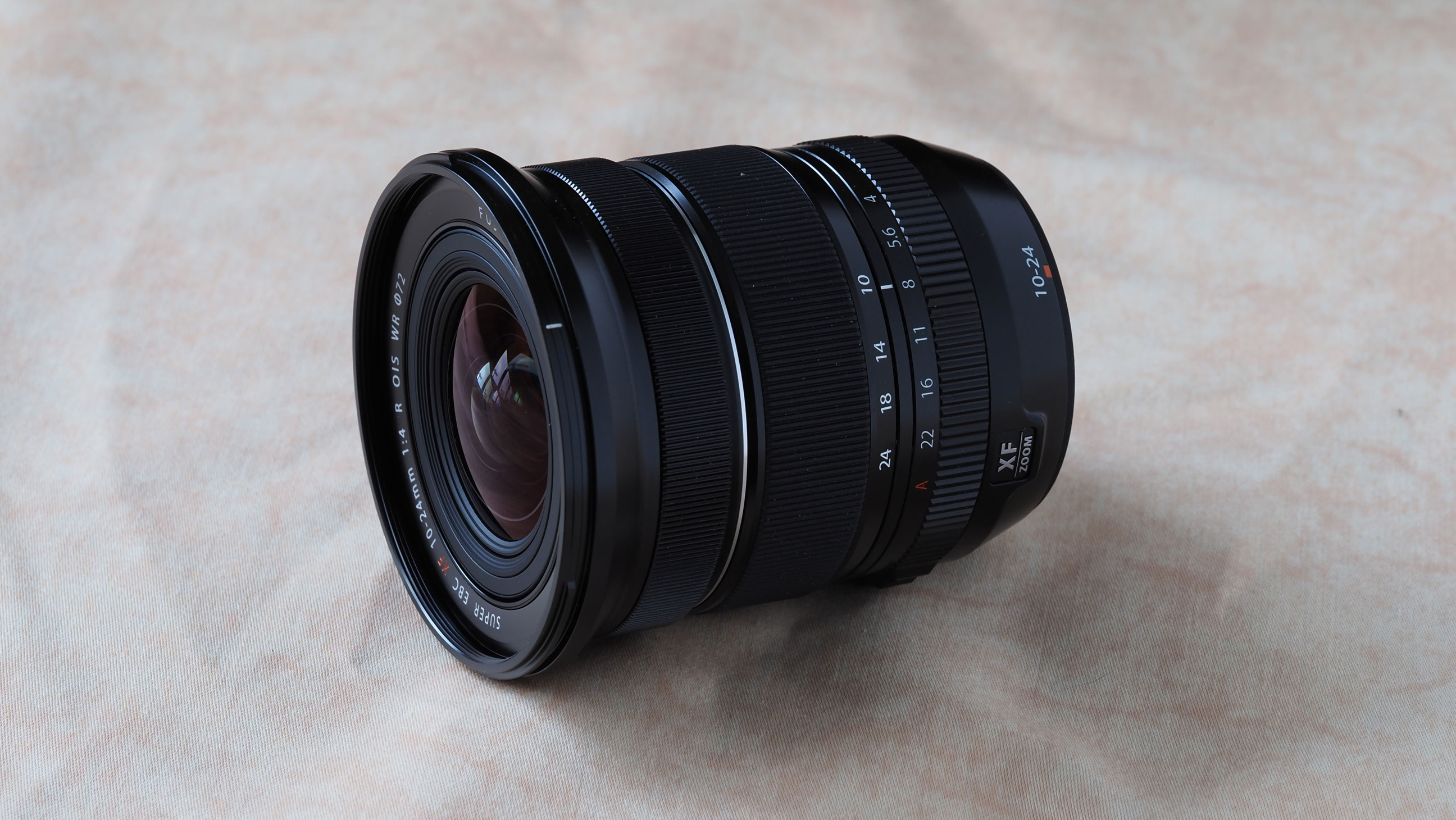
Specifications
Reasons to buy
Reasons to avoid
Some lenses are designed in such a way that they are just a pleasure to use, and the Fujinon XF 10-24mm F4 R OIS WR is one such optic. Its high-quality metal build gives it an unmistakeably premium feel, and having an aperture ring is such a welcome addition, infinitely preferable to scrabbling around in menus.
The specs of the lens are not out of this world but are perfectly adequate for a lens of this type – when working at these focal lengths, you probably don't need much more than f/4, for instance. It's much lighter and more affordable than Fujifilm's big flashy flagship wide-angle zoom, the XF8-16mm f/2.8 R LM WR (more on which below), and if you want something more affordable and less fussy, the Fujinon XF 10-24mm F4 R OIS WR is just the ticket. It even includes useful features like weatherproofing and optical stabilisation, which is not bad at all for a lens at this price.
Read more: Fujinon XF 10-24mm F4 R OIS WR review
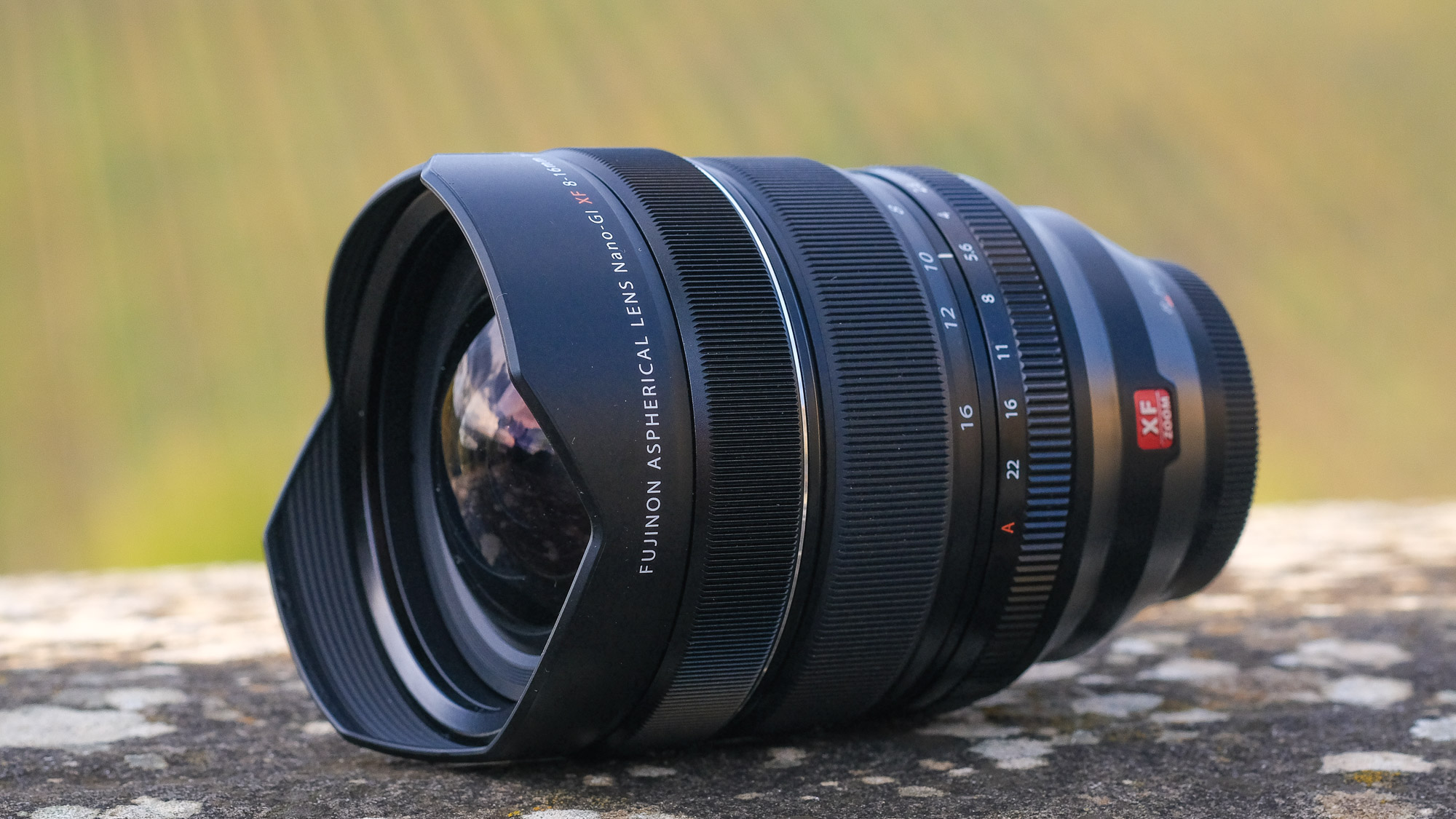
Specifications
Reasons to buy
Reasons to avoid
The Fujifilm XF 10-24mm f/4 R OIS is an excellent lens for landscape photography, coming complete with image stabilization and a filter attachment thread. This 8-16mm, however, has neither and is about twice the weight and twice the price. Nevertheless, its reduction of 2mm in minimum focal length enables a stunning upsized viewing angle of 121 degrees. Remarkably for such a super-wide zoom, it also has a fast and constant f/2.8 aperture.
As one of Fujifilm’s ‘Red Badge’ lenses, it has premium build quality and handling, with comprehensive weather-seals and multiple control rings. Up-market glass includes four aspherical elements, six ED (Extra-low Dispersion) elements and three Super ED elements, along with Nano-GI Coating. Superb corner-to-corner sharpness benefits from a correction element in the optical path to reduce field curvature.
Fujifilm XF8-16mm f/2.8 R LM WR full review
Best for L-mount
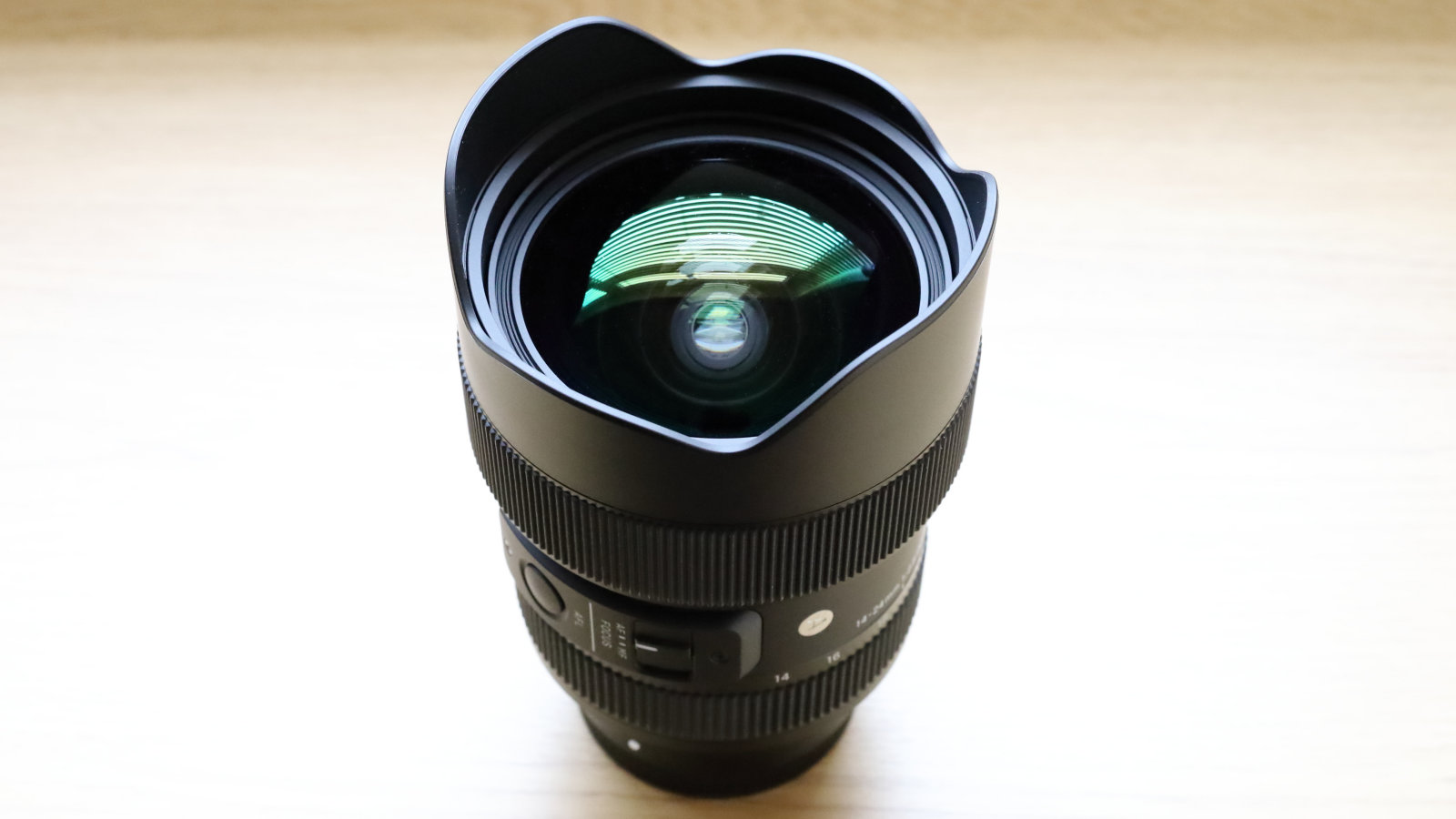
Specifications
Reasons to buy
Reasons to avoid
Thanks to Sigma's part in the L-mount alliance, all of the manufacturer's brilliant mirrorless lenses are available for the system. If you're using a Panasonic, Sigma or Leica L-mount camera and want an excellent wide-angle zoom, you cannot go wrong with the Sigma 14-24mm F2.8 DG DN Art (which is also available for Sony E-mount). Earning the full five stars in our review, this stunner of a lens is built for outdoor work, with a weather-sealed brass mounting plate that features a locking slot for inserting gel filters.
Optically, this lens is a superb performer, with a sophisticated optical construction that delivers brilliant sharpness and clarity with well-controlled aberrations. The large 114-degree viewing angle allows you to fill the frame with stunning vistas, while multiple types of lens coatings help to control flare. The lens is a little reliant on in-camera optical corrections, but that's pretty much par for the course with modern wide-angles, and it all works very well.
Sigma 14-24mm f/2.8 DG DN Art full review
Best for Olympus/Panasonic
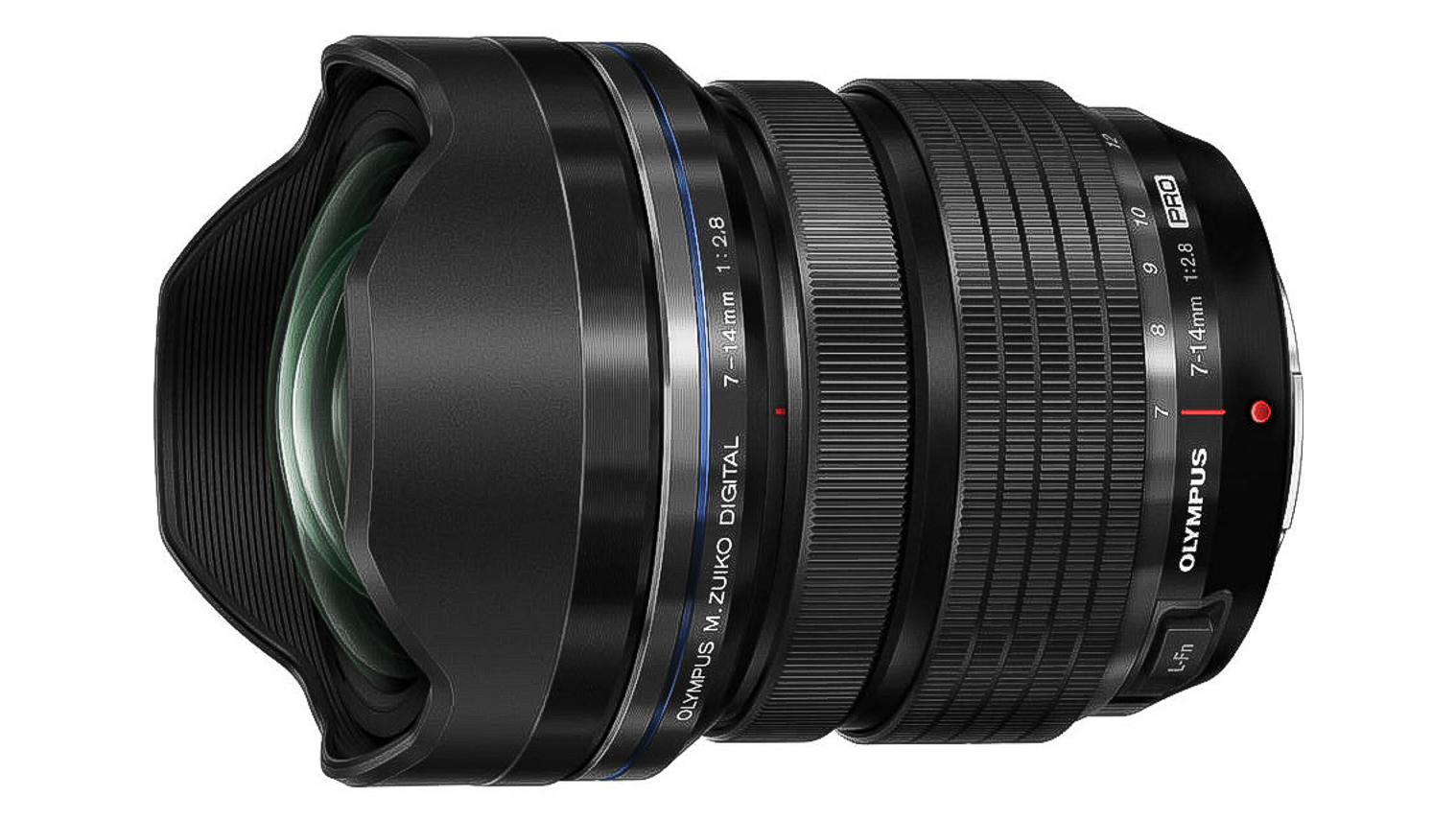
Specifications
Reasons to buy
Reasons to avoid
A millimeter might not sound a lot but every little helps when you’re trying to maximize wide-angle coverage with a Micro Four Thirds camera. As such, this Olympus lens goes 1mm shorter than the Panasonic Leica DG Vario-Elmarit 8-18mm f/2.8-4 Asph, which we favor as the best lens for landscape photography for Olympus and Panasonic MFT users. The Olympus doesn’t have the Panasonic lens’s filter attachment thread, due to its integral hood, but the maximum viewing angle is boosted from 107 degrees to 114 degrees, which makes a very noticeable difference in real-world shooting. The Olympus also has the advantage of a fast and constant f/2.8 aperture rating, whereas the Panasonic lens drops to f/4 towards the long end of the zoom range.
Optical finery includes two aspherical elements, one dual spherical element, one ED (Extra-low Dispersion) element, three Super ED elements, and two HR (High Refractive index) elements. Everything’s wrapped up in a dust, splash and freezeproof casing that features a lens function button and manual focus clutch. Image quality is fabulous in all respects, from great sharpness to a complete absence of distortion.
See full Olympus 7-14mm f/2.8 ED Pro review
Best for Sony
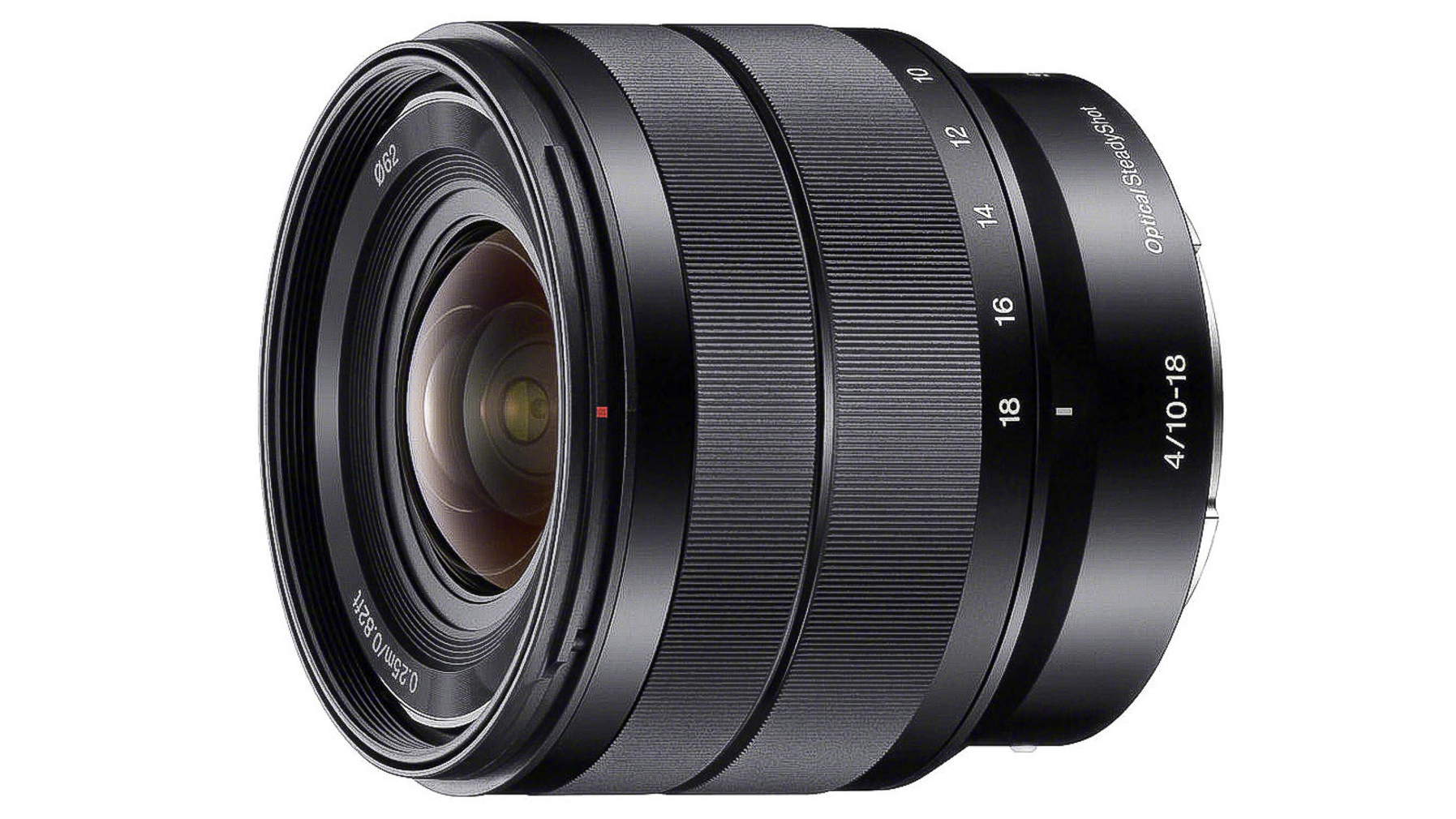
Specifications
Reasons to buy
Reasons to avoid
Sony’s APS-C format Alpha mirrorless cameras are particularly slim and lightweight, making them great for everyday shooting. This ultra-wide-angle zoom follows suit, with dinky dimensions and a weight of just 225g. Even for an APS-C format lens, that’s pretty light considering that the f/4 aperture rating remains constant throughout the entire zoom range. Equivalent to a 15-27mm zoom in full-frame terms, the lens gives a generous maximum viewing angle of 109 degrees, so you can squeeze a lot into the picture.
The autofocus system is quick and virtually silent, while Optical SteadyShot is worth about three stops. That’s not particularly impressive by the latest standards, but still very much worth having, especially for shooting indoors or at twilight. The optical path features a Super ED (Extra-low Dispersion) element but, for optimum sharpness, it’s best to stop the aperture down to at least f/5.6.
Sony E 10-18mm f/4 OSS full review
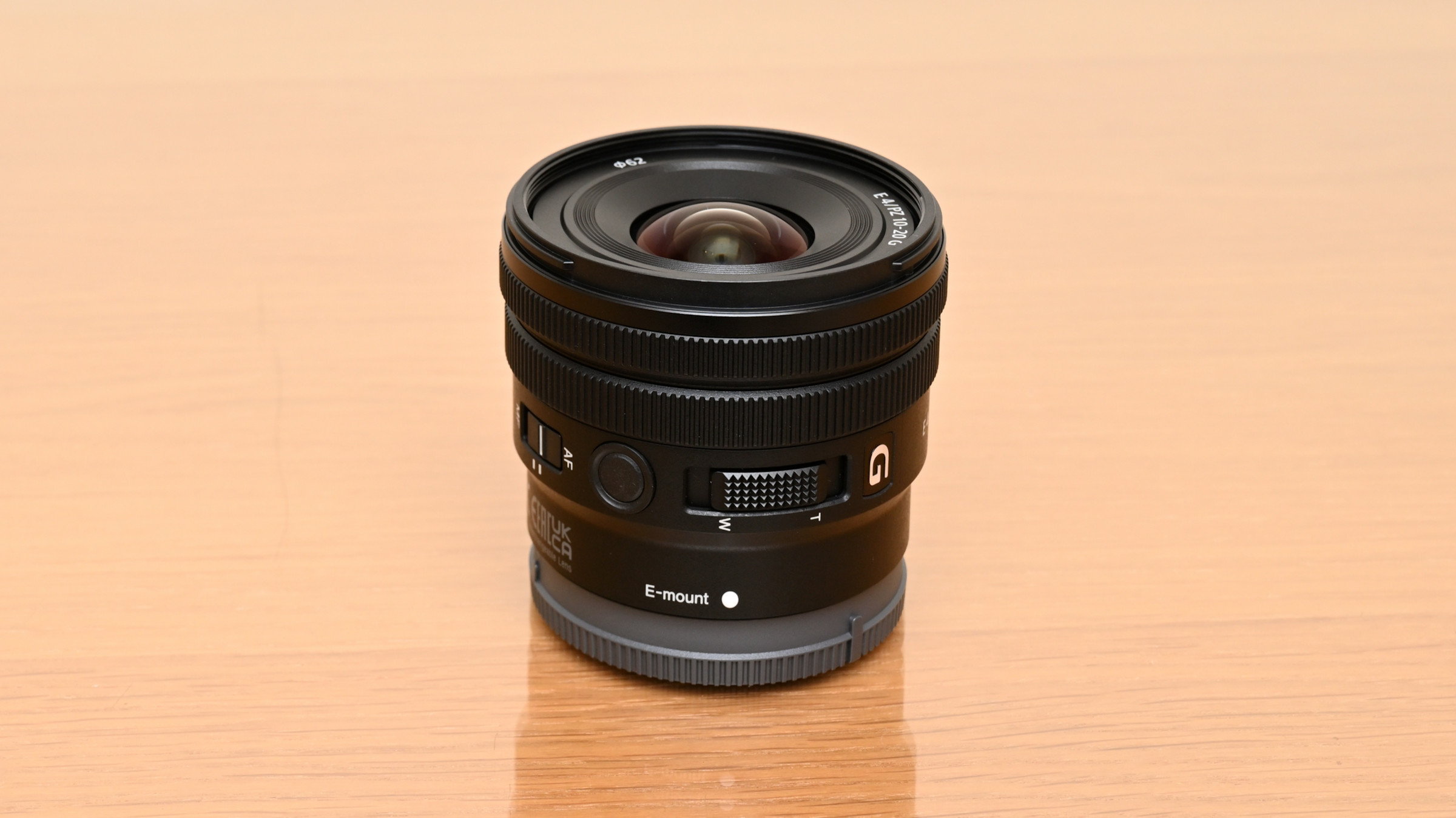
Specifications
Reasons to buy
Reasons to avoid
The Sony E PZ 10-20mm F4 G claims to be the smallest, lightest f/4 ultra-wide APS-C format power zoom on the planet, and we certainly can’t find one that’s smaller and lighter (it's even more portable than Sony's already tiny 10-18mm f/4 OSS - above). The silent power zoom facility makes it ideal for vlogging and general video shooting, but it’s equally adept at capturing stills. This is a pricey APS-C format zoom lens - especially for one which lacks OSS - but strong image quality and supreme portability make it well worth the money.
Read our full Sony E PZ 10-20mm F4 G review
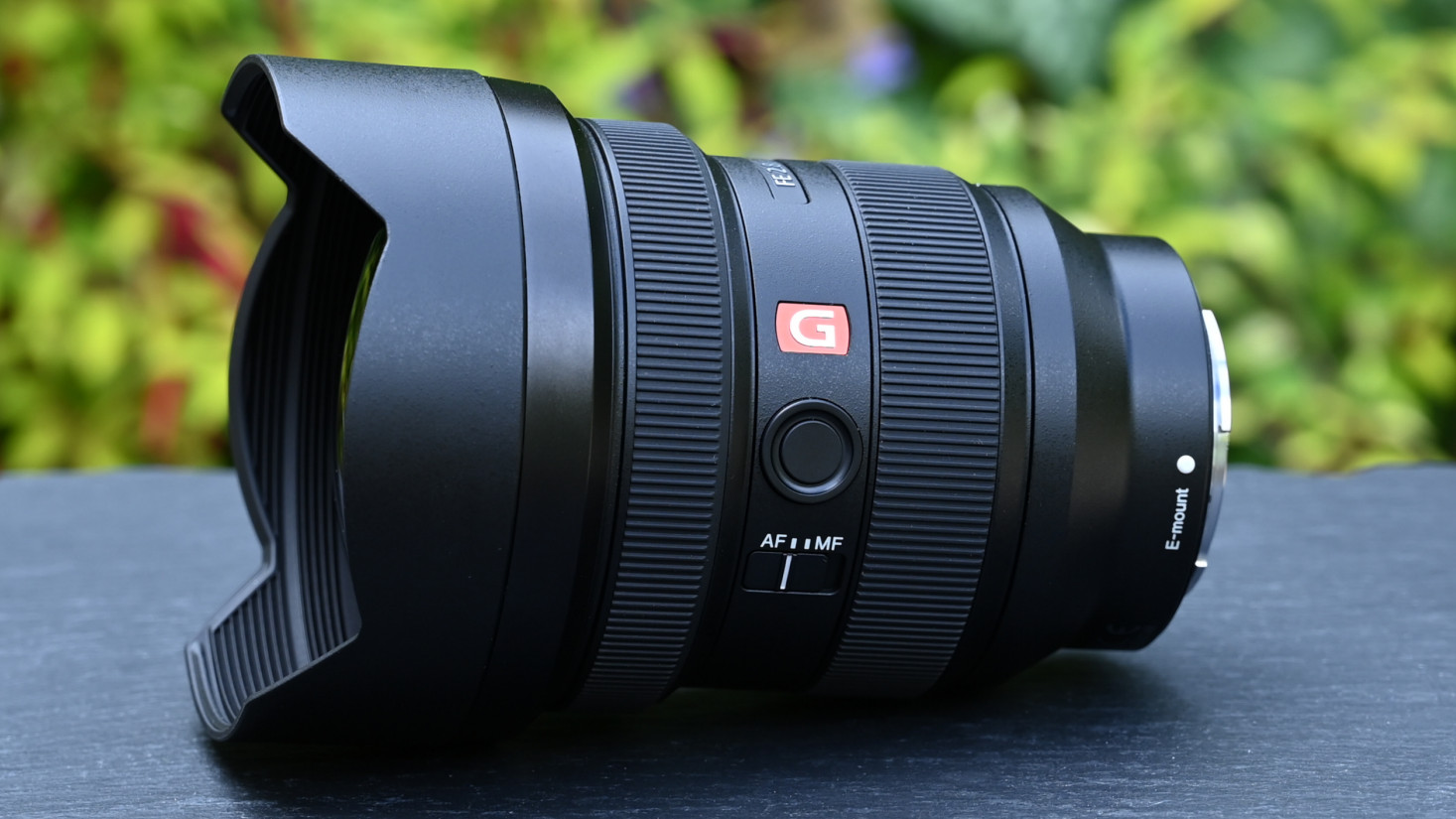
Specifications
Reasons to buy
Reasons to avoid
We were already impressed with Sony’s FE 12-24mm f/4 G zoom, but this lens is even better. You'll pay significantly more for this f/2.8 version, but this sets a new benchmark for a wide-angle zoom lens for Sony mirrorless cameras. It's a big lens that's noticeably larger than the f/4 version, but it still balances and handles well when mounted on a full-frame mirrorless camera like the Alpha A7R IV. As you'd expect, the image quality is simply stunning, while the smooth, fast and quiet autofocus is a joy. It's not for everyone this lens, but if you're looking for the best wide-angle lens for your Sony camera, this is it.
Sony FE 12-24mm f/2.8 G Master full review
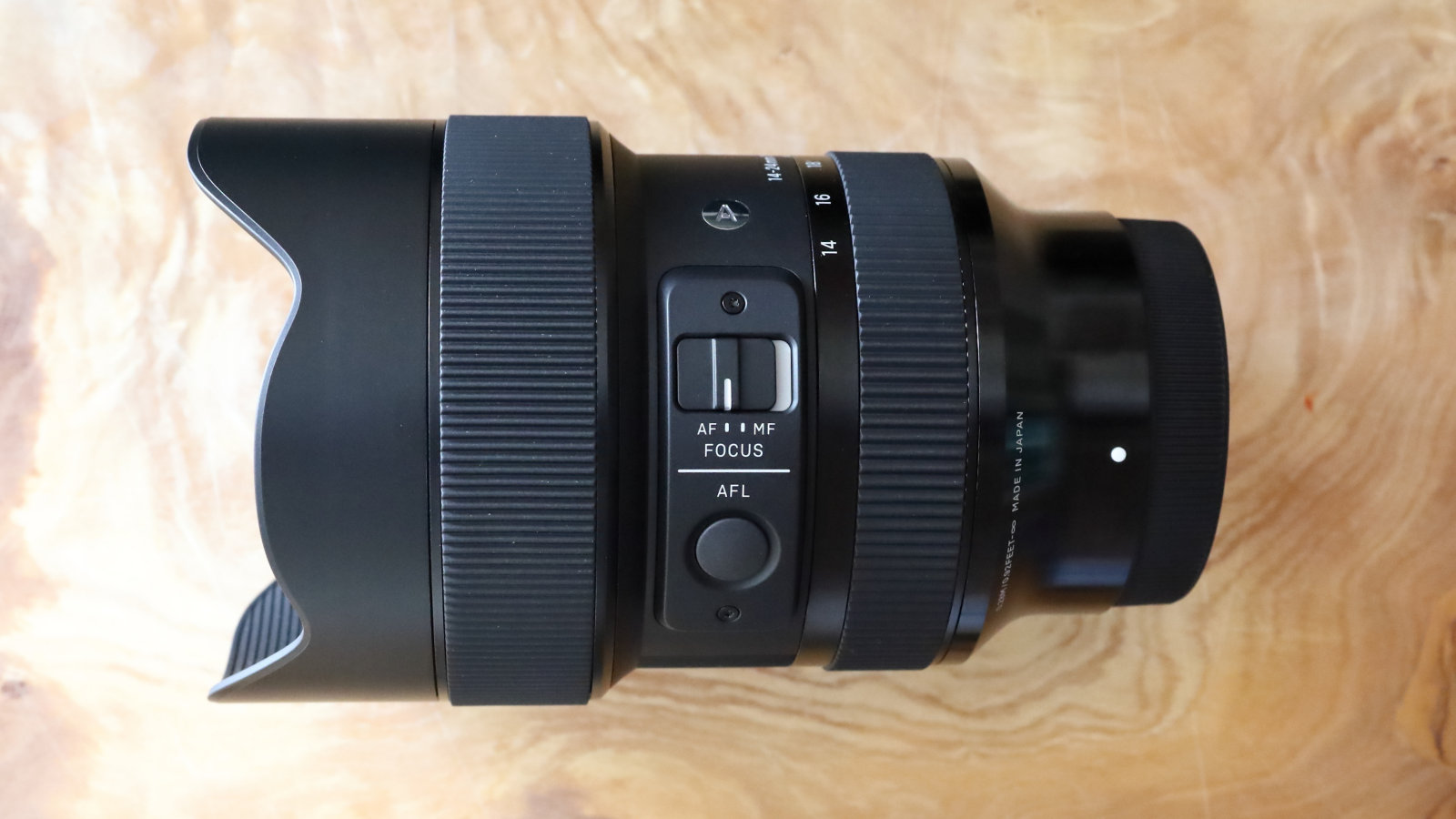
Specifications
Reasons to buy
Reasons to avoid
Not to be confused with Sigma’s excellent 14-24mm DG HSM Art lens for Canon and Nikon DSLRs, this ‘DN’ version for full-frame mirrorless cameras has a completely different design. The revised optical path includes three aspherical elements, one FLD (‘Fluorite’ Low Dispersion) element and no less than five SLD (Special Low Dispersion) elements. New NPC (Nano Porous Coating) is also added, along with Sigma’s more conventional Multi-Layer Coating, to minimize ghosting and flare.
The Sony-fit lens also gains a gel filter holder in the mounting plate, which can come in handy as there’s no filter attachment thread at the front. The maximum viewing angle of 114 degrees is noticeably larger than the 107 degrees of Sony’s Vario-Tessar T* FE 16-35mm f/4 ZA OSS lens, and the Sigma is also a full f/stop faster. It lacks the Sony lens’s optical stabilization (as does Sony's FE 16-35mm f/2.8 GM), but that’s no real issue if you’re using a recent Sony camera that features sensor-shift stabilization. Image quality is highly impressive although vignetting and short-zoom barrel distortion can be noticeable. Even so, automatic in-camera corrections are available.
Sigma 14-24mm f/2.8 DG DN | A full review
How to choose a wide-angle zoom lens
You may be wondering what types of photographers tend to use wide-angle lenses – and indeed whether you need one at all for your style of shooting. One tends to see ultra-wide lenses in the hands of landscape and architecture photographers. This makes practical sense, as landscape photographers tend to want to squeeze as much of a fabulous view into a frame as possible, and architecture photographers will sometimes be working to fit a lot of building into a frame from limited vantage points. Ultra-wide lenses can be as useful indoors as outdoors for this purpose.
Ultra-wide zooms are generally preferred to ultra-wide primes, to the point that the choice of ultra-wide primes is pretty limited, especially when using a crop-sensor body. This is partly because the difference of a millimeter or two is pretty significant when you're talking ultra-wide. This means that a wide zoom offers a huge amount of shooting versatility, and it's good to make use of the entire zoom range when you're using one – and it also means that if you know you want to maximise your field of view as much as possible, it's worth looking for a lens that starts at 10mm or 12mm rather than 14mm. It makes a significant difference!
It's also worth noting that the long end of a wide zoom will often provide better optical quality than the wide end of a standard lens, with less distortion and vignetting. A 10-24mm lens is therefore worth using to its full extent, not just as a 10mm lens as some photographers tend to!
How we test lenses
We test lenses using a mix of both real world sample images and lab tests. Our lab tests are carried out scientifically in controlled conditions using the Imatest testing suite, which consists of custom charts and analysis software that measures resolution in line widths/picture height, a measurement widely used in lens and camera testing. We find the combination of lab and real-word testing works best, as each reveals different qualities and characteristics.
Get the Digital Camera World Newsletter
The best camera deals, reviews, product advice, and unmissable photography news, direct to your inbox!
Matthew Richards is a photographer and journalist who has spent years using and reviewing all manner of photo gear. He is Digital Camera World's principal lens reviewer – and has tested more primes and zooms than most people have had hot dinners!
His expertise with equipment doesn’t end there, though. He is also an encyclopedia when it comes to all manner of cameras, camera holsters and bags, flashguns, tripods and heads, printers, papers and inks, and just about anything imaging-related.
In an earlier life he was a broadcast engineer at the BBC, as well as a former editor of PC Guide.

